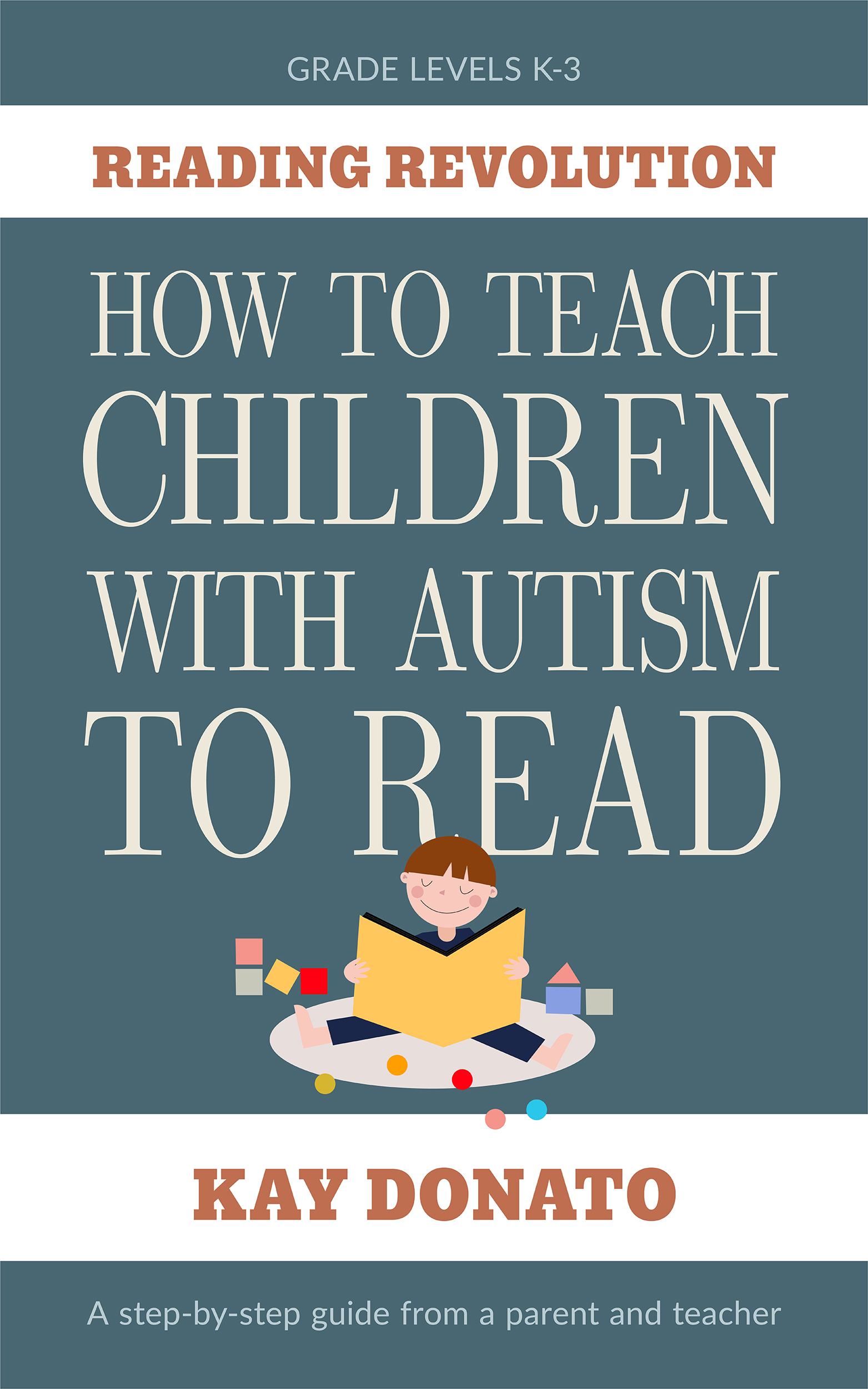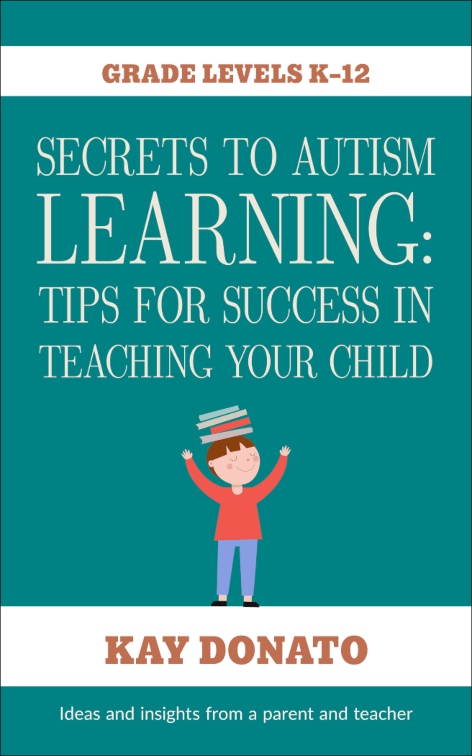- Home
- Sensory Processing Disorder
Sensory Processing Disorder and Autism
Sensory Processing Disorder and autism are closely related because many children with autism have SPD. What is SPD, and how do I know if my child has it?
You may have heard of Sensory
Integration Dysfunction. SPD is actually the
same thing but with a new name.
 Many children with SPD may find these lights overstimulating while others may have more trouble with a loud concert. Each child is different.
Many children with SPD may find these lights overstimulating while others may have more trouble with a loud concert. Each child is different.SPD is an inability to process information properly with the senses and to make an appropriate response.
Every day, we receive information through our senses--touch, taste, vision, hearing, smell and movement. When we take in this information, our brains process it by combining it with what we already know and remember. Then we’re able to make the right kind of response to all that information.
When a person has SPD, this process is impaired. In Dr. A. Jean Ayres’ book, Sensory Integration and the Child, she likened SPD to a kind of “traffic jam” in which the brain gets these sensory messages confused or distorted.
An Example of SPD
We go to the hairdresser or to the barber shop for a haircut. We’re able to sit through the entire process and even have a conversation with the hairdresser or barber.
Maybe it even feels good to get a haircut, similar to getting a good massage. Or for other people, the process may be just bearable and perhaps slightly bothersome.
But if you were to bring in a child who has what is known as tactile defensiveness, he may feel so threatened by any attempt to cut his hair that he might put up a fight.
Tactile defensiveness is excessive sensitivity to touch, often resulting in fear or avoidance of even daily activities.
My son was like this. Years ago when I would try to cut his hair, I needed help to accomplish the task because he fought me so much.
Now after working with him for some time, I can cut his hair without help from anyone else.
But he’s not completely over it. He’s still very sensitive when I try to cut the hair around his ears or neck. He’ll grab onto my hand and won’t let me cut his hair.
So I ask him to “help me” cut his hair. He gets to hang onto my hand while still allowing me to cut. That way he feels he has some control over what I’m doing.
I’m very careful, but telling him that I’m going to be careful isn’t enough for him. He feels that need to have some control by holding onto my hand.
This arrangement has worked very well. It allows me to actually finish the haircut in a way that he can tolerate. And each time I give him a haircut, he gets a little more used to it. (And he doesn’t have to walk around with a half-finished haircut!)
A Rare Look Inside the World of Sensory Processing Disorder and Autism
Carly Fleischmann, a young lady with autism, has given us a rare, eye-opening example of what it’s like to live with severe sensory difficulties. Take a look…
Symptoms of Sensory Processing Disorder

Click on the heading above to check out this article. The description of symptoms can give you a better idea about whether or not your child has Sensory Processing Disorder. Start here for a more general description and then move on to the next article for a more in-depth look at SPD.
More Examples of What SPD Looks Like

This article gives you a more in-depth look at examples of sensory difficulties to help you find out if you should have your child evaluated by an occupational therapist.
- Home
- Sensory Processing Disorder



New! Comments
Have your say about what you just read! Leave me a comment in the box below.